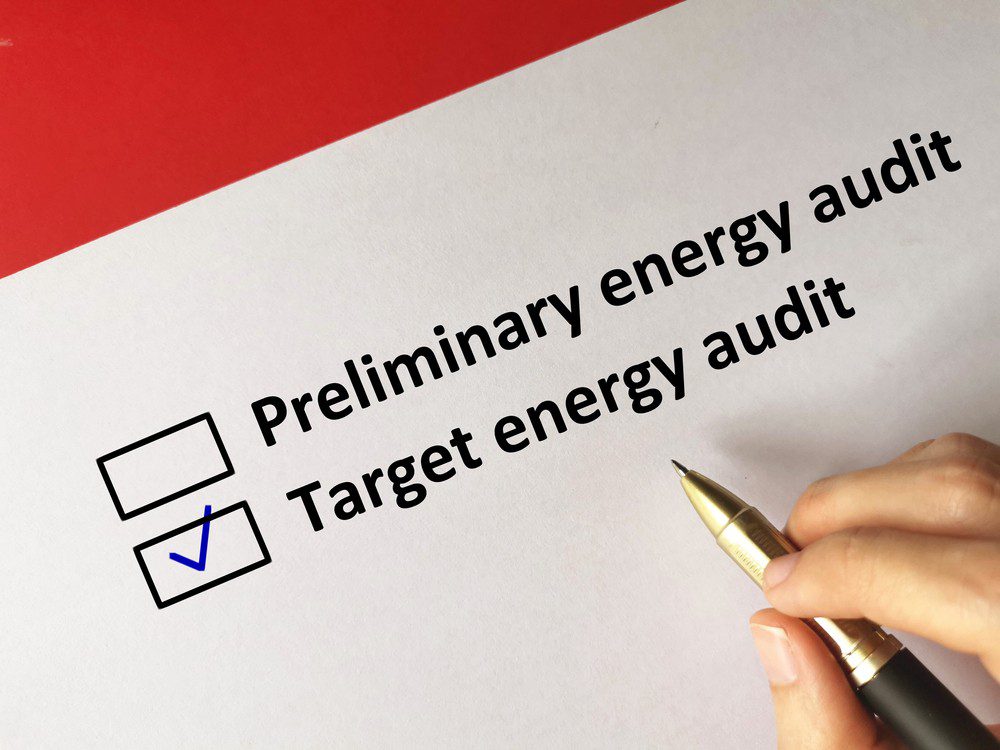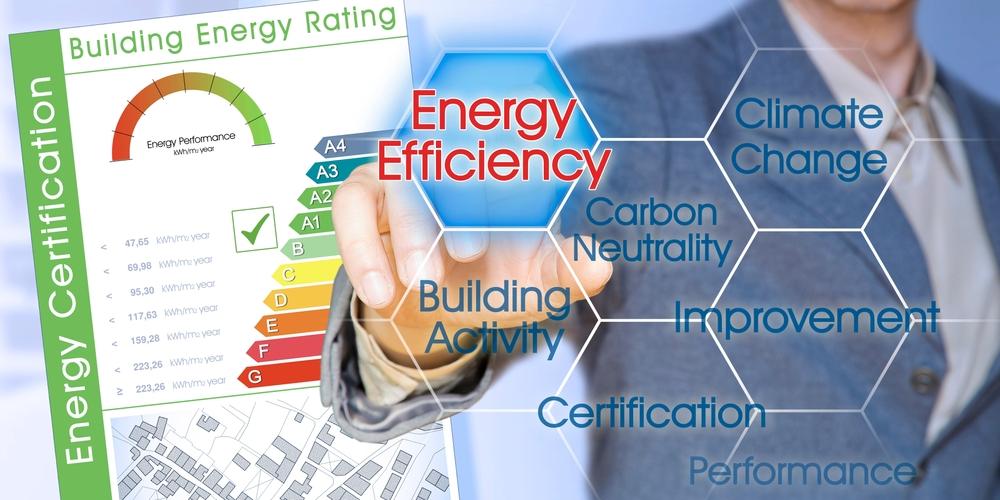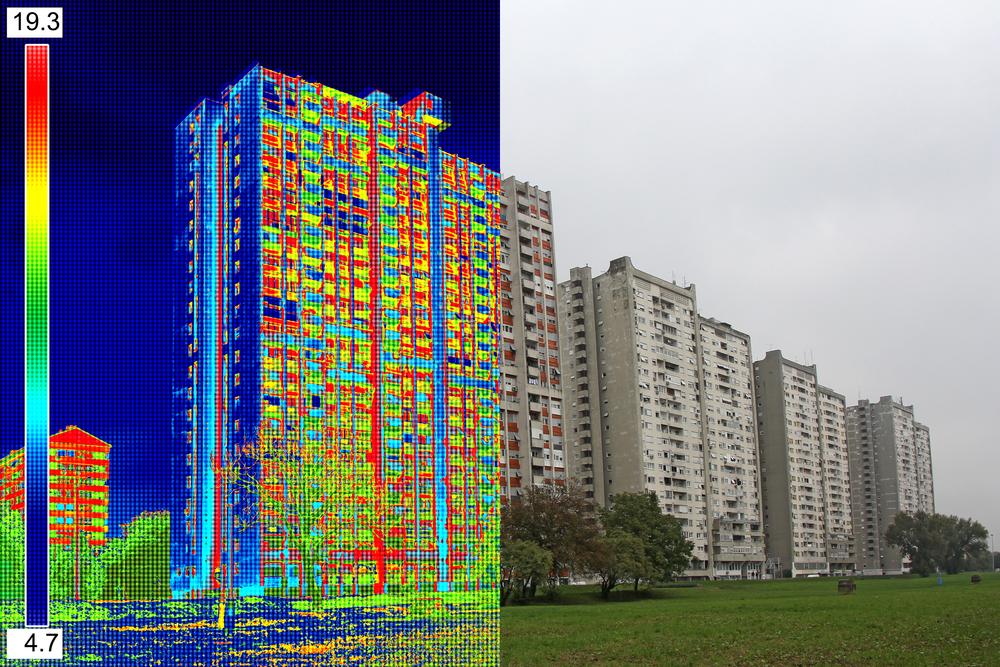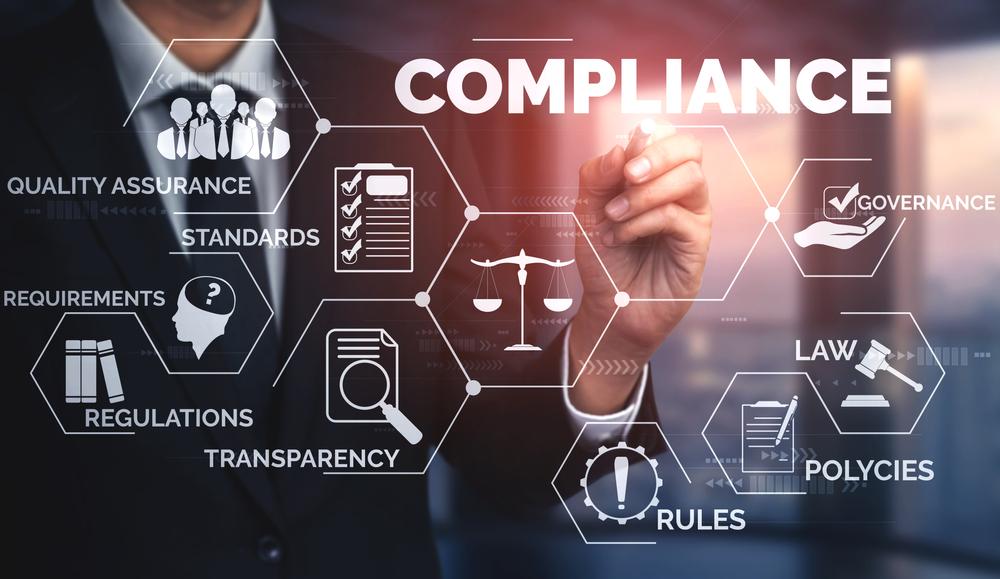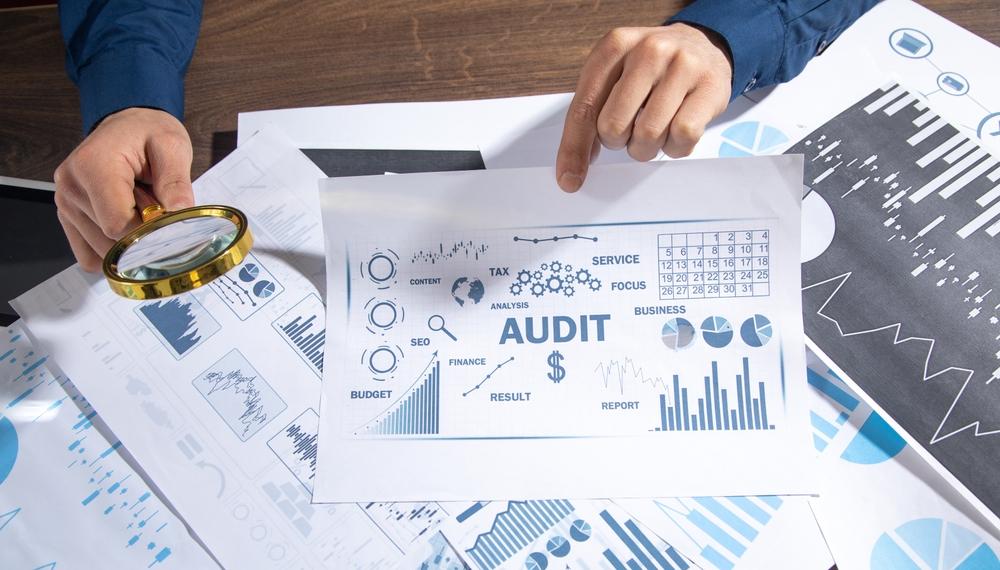Introduction
In our contemporary world, the conversation around energy has never been more critical. The energy crisis looms overhead, a complex issue characterized by the scarcity of affordable and environmentally friendly energy sources. This crisis affects not only the global economy but also touches on geopolitical stability and environmental sustainability. In the quest for solutions, the principle of energy conversion has surfaced as a possible beacon of hope. This blog delves into how the fundamental law of energy conversion shapes our approach to the crisis and underscores its potential to foster sustainable energy solutions. By understanding and leveraging this principle, we can navigate towards a more secure and sustainable energy future.
Understanding Energy Conversion

Energy conversion refers to the process of changing energy from one form to another. This concept is encapsulated in the energy conversion law, a principle rooted in the first law of thermodynamics. Simply put, energy in a closed system remains constant; it can neither be created nor destroyed, only transformed.
In our daily lives, energy conversion is omnipresent. When we eat, our bodies convert chemical energy from food into kinetic energy for movement and thermal energy for body heat. Electrical appliances transform electrical energy into various forms such as light, heat, or motion. Despite the ubiquitous nature of these conversions, the processes are not 100% efficient. For example, an incandescent light bulb converts only about 10% of the electrical energy into light, with the rest lost as heat.
The efficiency of energy conversion technologies is crucial since inefficiencies lead to increased consumption of resources and higher emissions, exacerbating the energy crisis. Innovative energy technology aims to increase this efficiency and is central to improving energy management systems globally.
Energy Crisis in Detail
The present energy crisis is a consequence of several factors. Our reliance on fossil fuels, such as oil, coal, and natural gas, poses significant challenges due to their finite nature, contribution to greenhouse gas emissions, and the geopolitical instability they can engender. Additionally, inefficiencies in energy conversion and usage, coupled with the gradual depletion of fossil fuel reserves, escalate the problem.
The ramifications of the energy crisis are profound. Environmental consequences such as climate change, air and water pollution, and habitat destruction are immediate concerns, with long-term effects on public health and biodiversity. Economically, fluctuating energy prices can lead to market volatility. Socially, energy poverty remains a barrier to development in many regions. The urgency of finding sustainable energy solutions cannot be overstated, given these widespread impacts.
Energy Conversion as a Solution
The key to mitigating the energy crisis could lie in the very principle of energy conversion. By optimizing how we convert and use energy, we can make significant strides towards sustainability. A transition to renewable energy sources—solar, wind, hydro, and geothermal—relies heavily on our ability to convert these sources into usable power.
Renewable technologies like photovoltaic cells demonstrate this transition by converting sunlight directly into electricity, offering a clean alternative to fossil fuels. Wind energy conversion, through wind turbines, is another prime example, taking advantage of kinetic energy in the wind. Hydroelectric power stations convert potential energy from water stored in dams into electrical energy. These energy conversion technologies make it possible to harness vast, untapped natural power sources. For more information on how these technologies are evolving, interested readers can refer to the National Renewable Energy Laboratory (NREL).
As the rapid increase in renewable energy adoption in countries like Iceland and Norway, underscore the viability of this approach. Iceland, for instance, has become a beacon in the utilization of geothermal energy, while Norway is a front-runner in hydroelectric power. These examples point to the potential of energy conversion as a cornerstone in the solution to the energy crisis.
Potential Challenges and Solutions
Despite the promise of energy conversion, there are significant barriers to its widespread adoption. Renewable energy sources are often intermittent—sunlight and wind are not constant and predictable like fossil fuel-based power can be. Energy storage solutions are therefore critical to making renewable energy reliable. Additionally, current infrastructure and market structures may not support a rapid or seamless transition to these new forms of energy.
Tackling these challenges requires multifaceted solutions. Developing more efficient energy storage technologies, such as advanced battery systems or pumped hydro storage, will even out the supply of renewable energy. Modernizing energy grids to accommodate the variable nature of renewable sources is also essential. Policy mechanisms, including incentives for clean energy technologies and regulations that phase out fossil fuel use, can catalyze change. Groups like the International Renewable Energy Agency (IRENA) are pivotal in proposing strategies and frameworks to overcome such challenges worldwide.
Future of Energy Conversion

Looking forward, the trend is clear: industries and economies are gradually transitioning to prioritize energy conversion and efficiency. Trends suggest an increase in electric vehicle use, a rise in green building practices, and a greater emphasis on energy-efficient appliances. The burgeoning field of smart grid technology, which uses digital communications to detect and react to local changes in electricity usage, is another area where the future of energy conversion is unfolding.
The progress of technology is closely linked to the evolution of energy conversion. Innovations in materials science, such as the development of perovskite solar cells, promise to increase the efficiency and decrease the cost of solar energy conversion. Likewise, advancements in turbine technology are making wind energy more viable even in less windy regions. The cumulative impact of innovations in energy conversion on societies and economies is likely to be substantial, potentially leading to greater energy security and sustainable development.
Conclusion
The law of energy conversion is not just a guiding principle in science; it offers a blueprint for addressing the energy crisis. While not the singular solution, it provides the foundation upon which sustainable energy solutions can be built and expanded. By embracing and improving energy conversion technologies, we can move towards an energy-secure future that aligns with environmental stewardship and sustainability.
As responsible global citizens, it is incumbent upon us to contribute to this transition. Whether through advocating for energy transition policies, embracing energy technology advancements, or adopting conscious energy consumption habits, each action propels us further towards a solution.
VertPro.com serves as a resourceful platform for property owners and managers seeking to enhance their buildings’ energy efficiency. The site offers a range of services, including Commercial Energy Audits, Benchmark Compliance consultancy, and a Construction Marketplace. At the heart of VertPro® is a suite of SaaS technology-based solutions designed to assist in navigating the complexities of Energy Benchmarking and Energy Audits/RCx Plus, while ensuring adherence to over 60 Energy Benchmarking and Energy Efficiency Laws across the country.
For those looking to improve their property’s energy usage and operational value, VertPro.com provides a diverse array of tools and information. The site aims to facilitate a better understanding of energy efficiency practices and legislation, helping building owners and property managers make informed decisions about their energy strategies while complying with all energy ordinances and laws.








